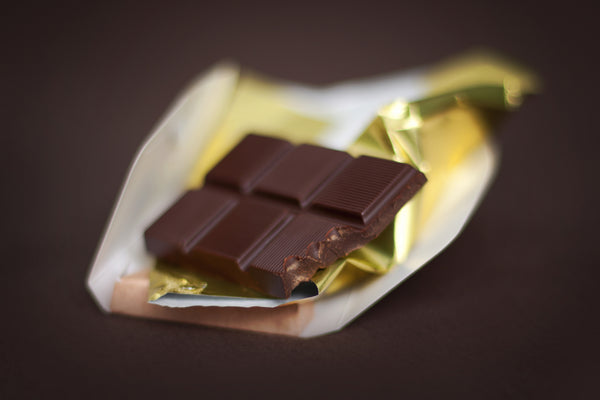How to taste chocolate
Quality chocolate contains complex and intriguing flavors not typically associated with chocolate (berries, citrus, coffee, caramel, floral, spice, etc). Flavors may come and go quickly while others linger. All flavors originate from unique and complex cocoa varieties, origins, growing conditions, and through chocolate manufacturing processes.
Don't forget that taste is individual. You will experience flavors differently than others. Above all, discover what you like!
Before tasting

Tasting chocolate is different than eating chocolate candy - save fine chocolate tastings for times when you can enjoy the experience. Be sure to avoid strong food or drink an hour prior to tasting - your palate can be saturated by other flavors causing you to miss subtleties of fine chocolates.
During tasting
Get Fresco Tasting Form HERE
- was there a quick sensation or did the flavor take time to develop? (fast vs. slow start)
- what did you taste?
- did the flavor change as the piece melted or stay constant? (flavor profile)
- did any new sensations emerge as the piece finished melting? (a unique finish)
- once the piece was gone, did the flavor leave quickly or linger for a time? (quick vs. long finish)
Chocolate tasting suggestions
- select no more than five or six chocolates to taste in one session to avoid saturating your palate
- selecting a supermarket grade chocolate as one of your samples can be illustrative in identifying contrasts between fine and average chocolate
- try selecting chocolate with similar attributes (such as cocoa percent or origin) from different manufacturers - results will be noteworthy
- use room temperature water and plain crackers, carrot sticks, etc. between samples to cleanse your palate
- note your impressions for each chocolate and rank them in order of personal preference to help identify characteristics you prefer
Describing your chocolate experience

Ask: what does this remind me of?
GENERAL SENSATIONS
| acidic | describes a tart, "twangy", or sour taste |
| assertive | upfront, forward; taste is immediate and pronounced |
| astringent | dry, mouth-puckering sensation caused by tannins found in many fruits; characterized by rough "sandpapery" sensation in the mouth (also see "tannin") |
| bitter | one of the four basic tastes |
| empty | flavorless and uninteresting |
| neutral | without outstanding characteristics, good or bad |
| salt | one of the four basic tastes |
| short finish | taste does not remain on the palate after swallowing |
| sour | one of the four basic tastes |
| sweet | one of the four basic tastes |
| tannin | describes a dry sensation with flavors of leather and tea |
| tart | sharp-tasting because of acidity (also see "acidic") |
| velvety | having rich flavor and a silky texture |
SPECIFIC FLAVOR NOTES
| fruity | berries, citrus, tropical fruit, dried cherries, dried raisins, dried plums, dried bananas |
| roasted | cocoa, coffee, smokey, tea, tobacco, burnt sugar or caramel |
| nutty | all nuts |
| floral | rose, jasmine, orange blossom |
| earthy | woody, toasted grain, dried herbs, mushroom, moss, fresh grass/hay, wet soil, musty/moldy |
| spicy | vanilla, liquorices, anise, cinnamon, cloves, mint, pepper |
| other | leather, honey, bread/yeast, cream/milk, buttery |

